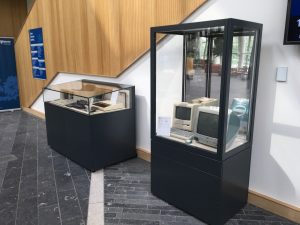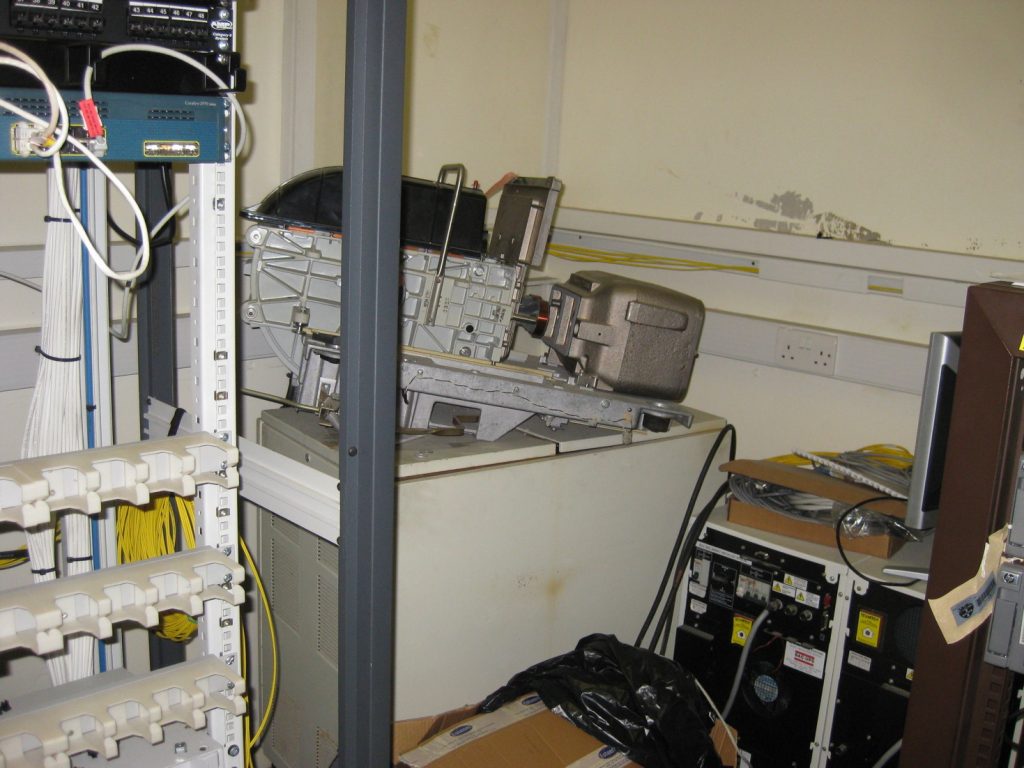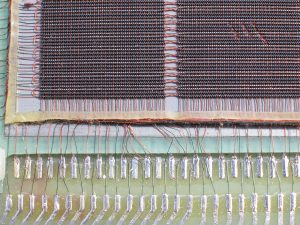I am very pleased to announce that we’ve been chosen to take part in the Great Exhibition of the North! This is a remarkable summer-long festival of amazing exhibits spanning multiple venues including our City’s fantastic museums. There are loads of interesting things going on as part of the programme that we strongly suggest you take a look.
For our exhibit we have curated a collection of microcomputers, from the very first Intel PC to the venerable Apple Mac Plus, as well as some fantastic examples of home computers from the 8-bit era including the BBC Micro and the Sinclair ZX81, as well as early examples of “portable” personal computers, along side some more modern pieces to highlight just how far the technology has come.
We have taken the decision to open this exhibit now, although we have plans to further develop the exhibit over the coming weeks, so please consider this to be in “Beta”. We will keep this blog up-to-date with all developments.
Where and when to see it
The exhibit can be seen just opposite the entrance to the Urban Sciences Building, Newcastle Helix, from now until the 9th September.
We are approximately 5 minutes from the Core Building and about 10 minutes walk from the Discovery Museum, both of which have Great North Exhibits worth seeing. We are also 5 minutes from St. James Metro Station. The building is open to the public from 9am to 5pm, Monday to Friday.
Exhibition plans
Over the next couple of weeks we hope to fit an additional shelf in the right-hand cabinet, allowing us to display a second tier of microcomputers. We are also planning to move another cabinet of artefacts (currently on display on Floor 2, CS Reception) from the mainframe era to complement the microcomputers. Work is also ongoing to update, refresh or replace all of the information notices.
We will update this blog with exactly what extra items we will be adding as soon as we have determined them.
After the Exhibition
Once the Great Exhibition of the North concludes on the 9th September, our microcomputer collection will be expanded and relocated to a new cabinet, located just across the ground floor space from the current cabinets, for permanent display. The existing cabinets will be re-purposed for another exciting permanent exhibit, to be announced in due course.



